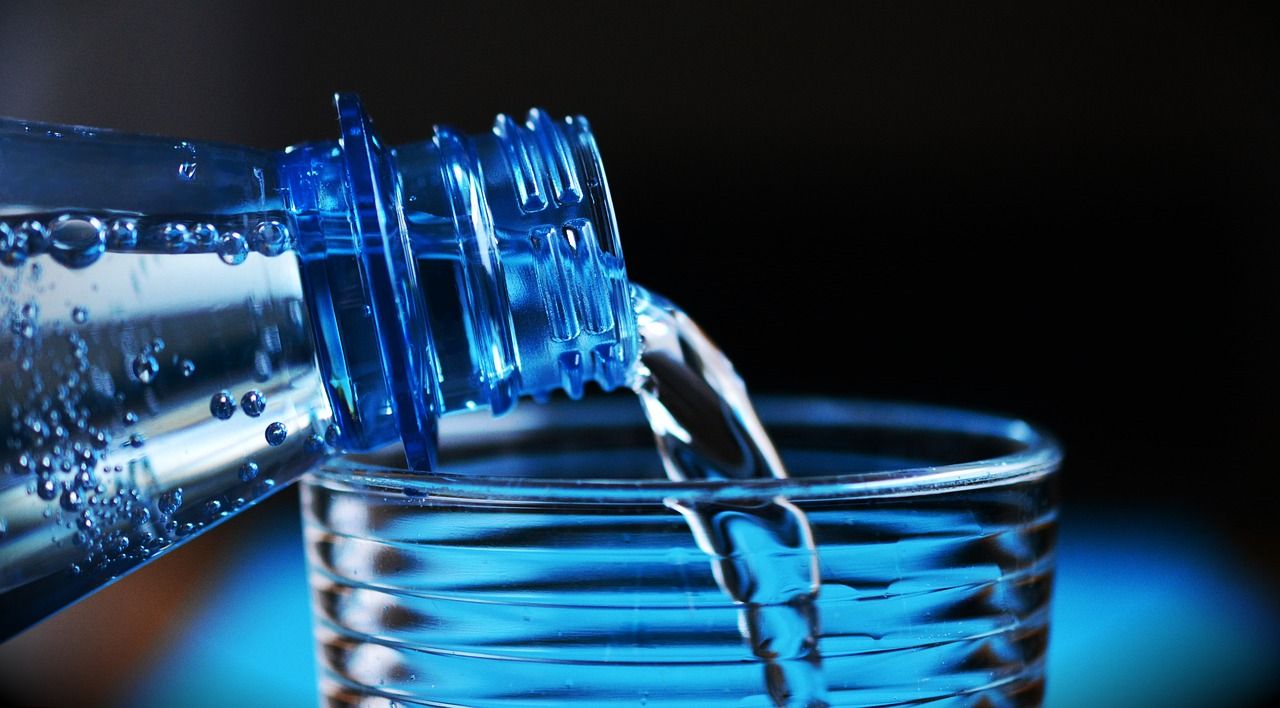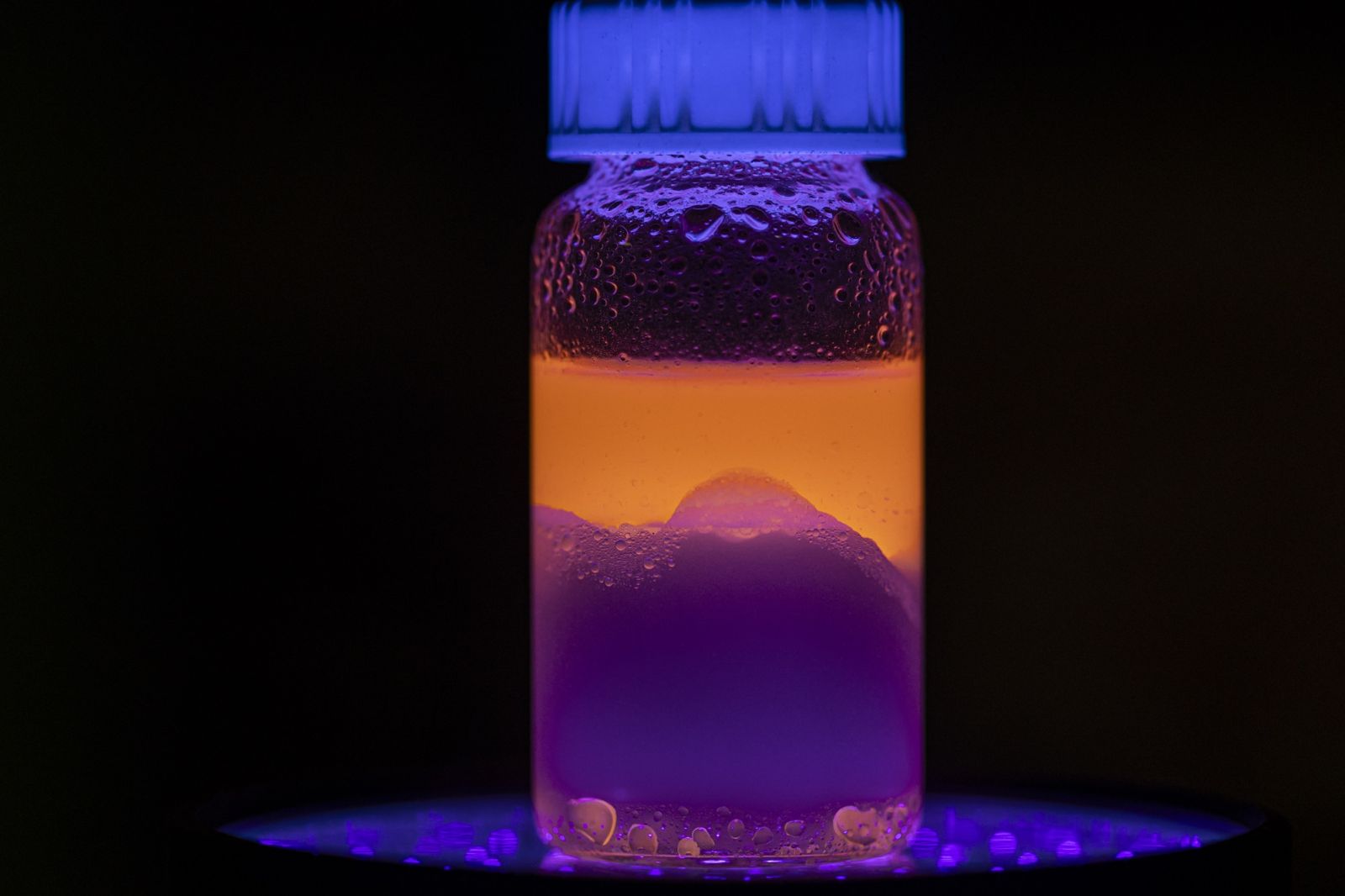This technique can eliminate more than 98% of nanoplastics from water
Published by Cédric,
Article Author: Cédric DEPOND
Source: ACS Applied Engineering Materials
Other Languages: FR, DE, ES, PT
Article Author: Cédric DEPOND
Source: ACS Applied Engineering Materials
Other Languages: FR, DE, ES, PT
Follow us on Google News (click on ☆)
Invisible to the naked eye, they accumulate in water resources, causing ecological disruptions and posing health risks, including cardiovascular and respiratory diseases. Finding an effective and economical solution to remove these contaminants is becoming a crucial challenge.

Illustrative image from Pixabay
A team of researchers from the University of Missouri, known as Mizzou, has developed an innovative method to purify water of nanoplastics. This approach uses a liquid solution capable of eliminating more than 98% of these particles. According to Piyuni Ishtaweera, a former doctoral candidate in nanomaterials chemistry at Mizzou, nanoplastics can disrupt aquatic ecosystems and integrate into the food chain, thereby posing risks to wildlife and humans.
This new technique is based on the use of hydrophobic solvents, made from natural ingredients, which act like plastic magnets. When mixed with contaminated water, these solvents absorb the nanoplastics and then separate from the water by floating to its surface. The solvent loaded with plastics is then easily recovered, leaving the water clean and free of contaminants.
One of the remarkable aspects of this method is its simplicity of application in the lab. A pipette is sufficient to remove the solvent containing the nanoplastics, making the process both practical and efficient. Moreover, this technique is applicable to both freshwater and saltwater, making it a versatile and sustainable solution.
Gary Baker, an associate professor in the Department of Chemistry at Mizzou and the study's lead author, emphasizes that future work will aim to understand the maximum capacity of the solvents and explore their multiple reuses to enhance the method's sustainability.

Once mixed with the water and allowed to separate, the solvent rises to the surface, carrying nanoplastics within its molecular structure.
The results obtained by the Mizzou team surpass previous studies, which often focused on a single size of plastic particle. By testing five different sizes of polystyrene-based nanoplastics, commonly used in the production of styrofoam cups, the researchers demonstrated the superior effectiveness of their method.
This advancement paves the way for new research on water purification and the evaluation of nanomaterials, while potentially contributing to the development of informed environmental policies. In the long term, Mizzou's technology could be deployed on a large scale, from municipal water treatment facilities to remote communities, to combat nanoplastic pollution.